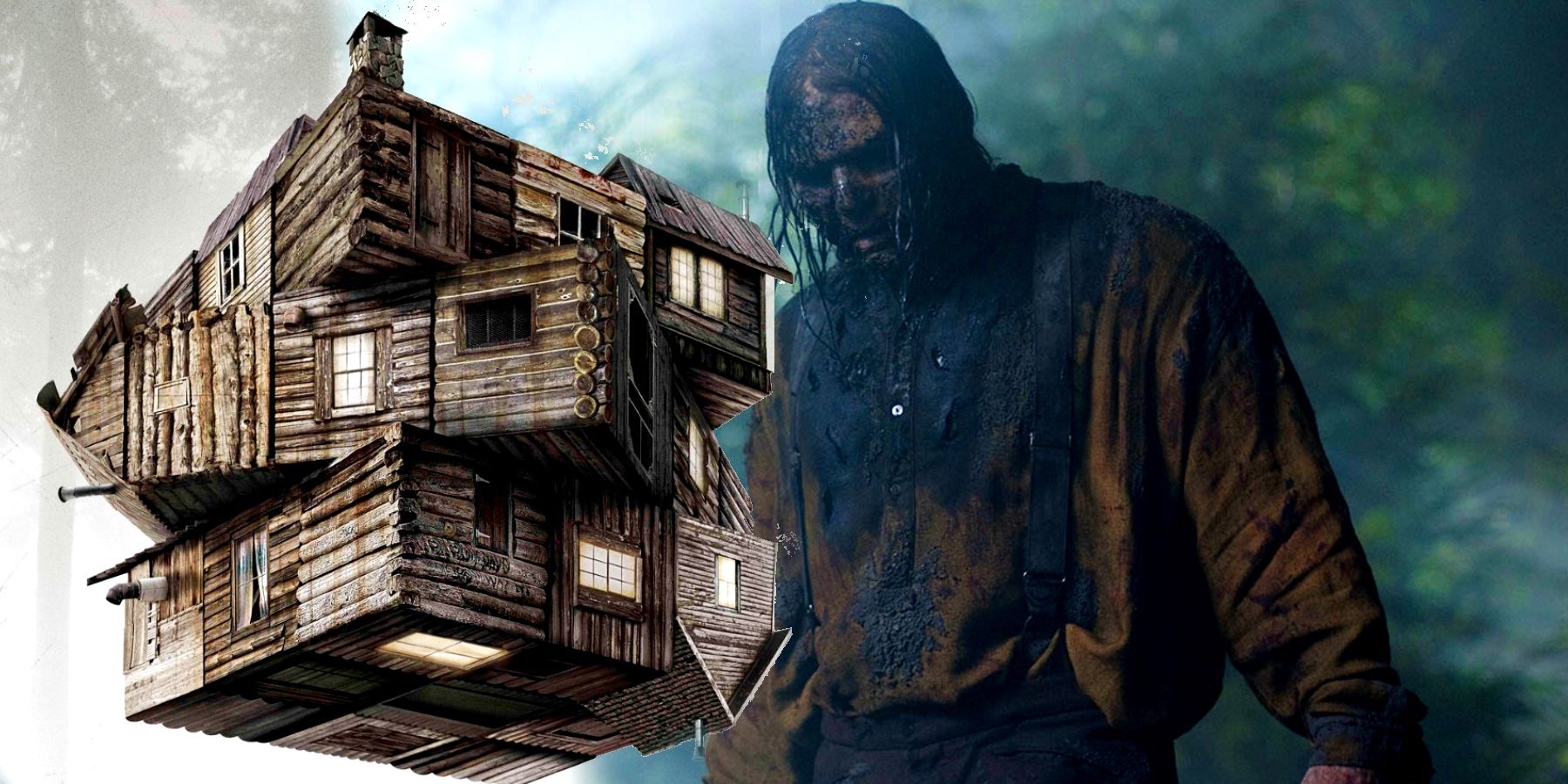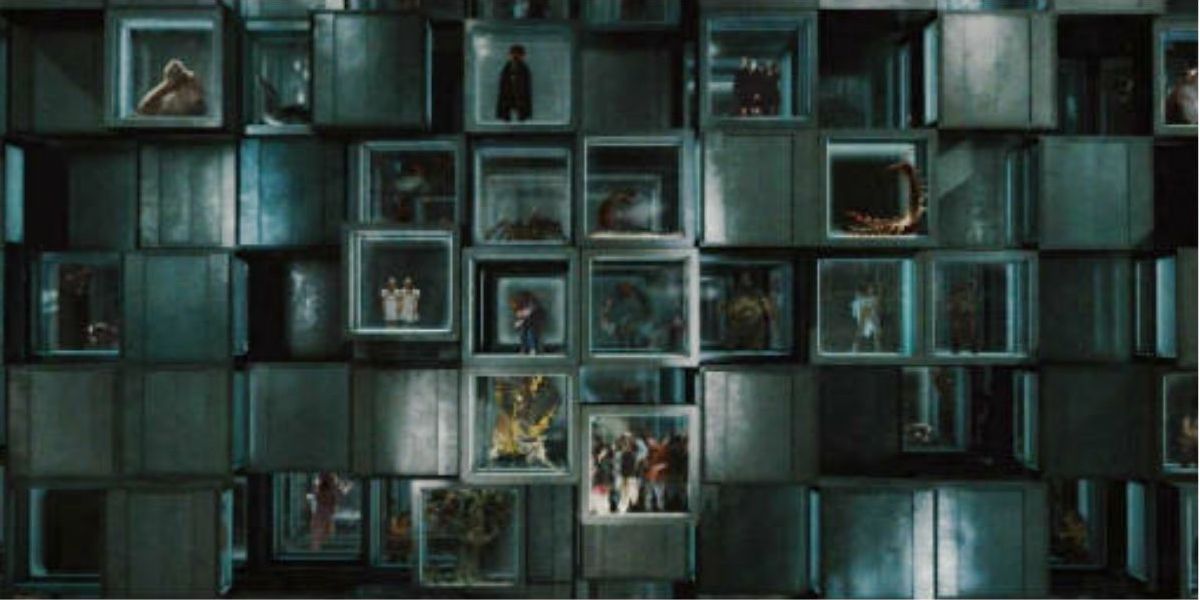
2011 horror comedy movie, The Cabin in the Woods, introduced the fictional Buckner family - also known as "redneck torture zombies" - as the primary killers, but they weren't the most interesting or best choice of the options presented, and actually weakened the movie.
Created by Cloverfield's Drew Goddard and Buffy the Vampire Slayer's Joss Whedon, The Cabin in the Woods was meant as a meta commentary on the horror genre. Similar to Wes Craven's 1996 juggernaut Scream, the movie presented a unique twist in that the standard slasher movie set up, complete with a jock, virgin, brainiac/nerd, and the "dumb blonde" female archetype as prospective victims. The choice to update these stale tropes by placing the group of friends into a sort of proving grounds or trial where they're meant to go toe to toe with a monster as sacrifices to beings only known as the Ancient Ones, was a clever trick. Since the monsters are selected by buttoned up company men and women who look like they work in IT, it's not quite like every unfortunate group of youngsters who end up in the wrong place at the wrong time.
However, as interesting of a plot The Cabin in the Woods developed - which was strengthened by Goddard and Whedon's writing - the Buckner family idled. The concept of redneck torture zombies is nothing new, and cannibalism has been featured in so many horror movies, it's basically it's own sub-genre. As the movie continued, leading to an explosively bloody climax, other monsters were introduced after only being teased on a white board before as part of a company betting pool as to who (or what) would be chosen to dispatch their sacrifices. Among these monsters were some truly strange creatures like unicorns, mermen, and a strange knock-off of Hellraiser's Pinhead. Any of these would have been better to focus on at the forefront than the standard fare that horror fans are used to seeing in these situations.

Having the Buckner family step up to the plate as the main killers would be like choosing Jason Voorhees to go after the young people or even something akin to Deadites from The Evil Dead franchise. It's expected and, most importantly, it's unoriginal. While Friday the 13th and The Evil Dead have long legs and have stood the test of time for good reason, the point Whedon and Goddard were trying to make with The Cabin in the Woods was about subverting audience expectations and acting as a commentary on how the genre has become stale and predictable. By featuring the science fiction twist where a company - and not just the United States branch, but similar entities around the world - must select people to die and attempt to ensure that their sacrifices will be successful by choosing the best possible hunters, The Cabin in the Woods employed an immediate and often talked about difference.
By the movie's ending, there are two survivors — Dana (Kristin Connolly) and Marty (Fran Kranz). However, Dana was presumed to be the "virgin" and Marty was meant to be the "fool"; this was cleverly subverted with the reveal that Marty was the virgin. This was a major mistake that ended up causing the Ancient Ones to rise and lash out in anger. The Buckners weren't successful in their pursuit and attempt to kill off all the sacrifices. It's possible Goddard and Whedon went a more traditional route because horror fans who have cut their teeth on these overused tropes would, in theory, stand a better chance of survival against a familiar entity, thus explaining the Buckners' failure. However, members of the audience who wanted complete follow-through with the promise of expectations being subverted at every turn were disappointed.
At the end of the day, the sensible choice isn't always the best one, and the overall narrative would have survived with any monster stepping up to the plate. There's nothing that would require a less commonplace villain to be more successful than the Buckners were in their pursuit; killers make mistakes in horror movies, too. Ultimately, The Cabin in the Woods was a unique attempt at building a better mousetrap, as has been done before, but didn't double down on taking one more risk.
from ScreenRant - Feed https://ift.tt/2JCZ2KN

0 Comments